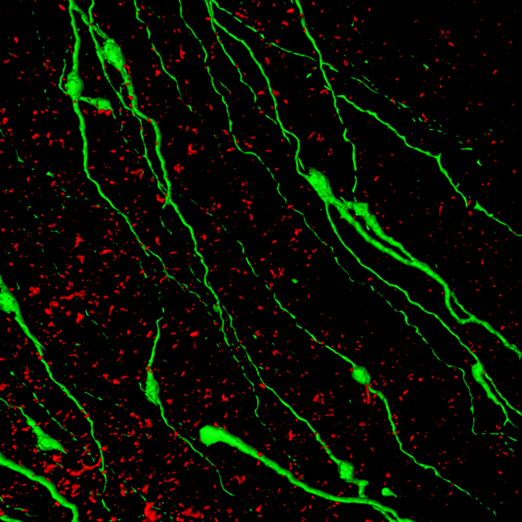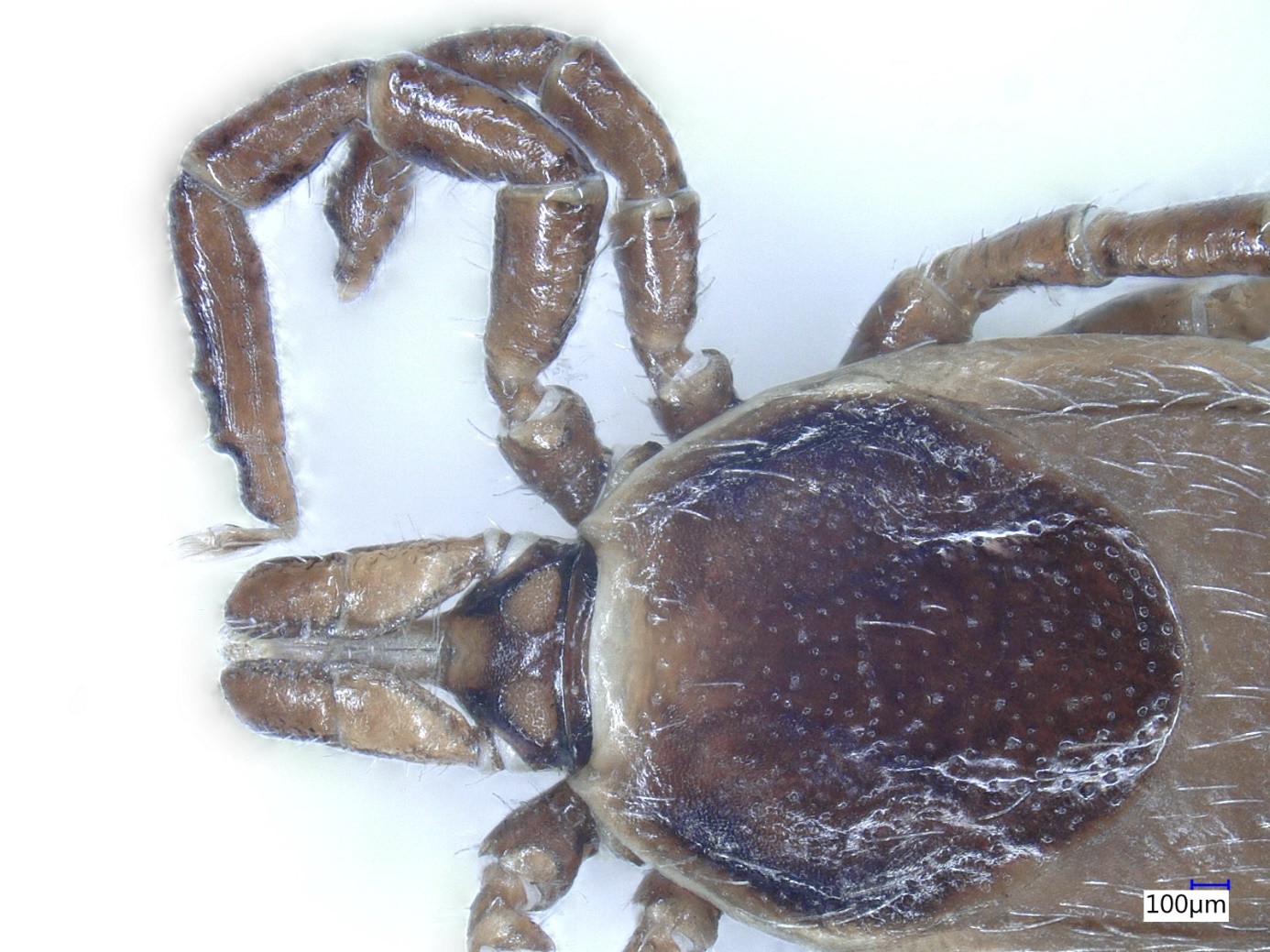HUN-REN IEM researchers reveal the role of acetylcholine in the central nervous system regulation of reproduction
The role of acetylcholine (ACh), the first neurotransmitter to be discovered over a century ago, has been revealed by researchers at the Laboratory of Endocrine Neurobiology of the HUN-REN Institute of Experimental Medicine. Zsolt Liposits and colleagues have demonstrated that ACh plays a crucial role in the central nervous system regulation of physiological processes of reproduction. The paper presenting their findings was published in the prominent Journal of Neuroscience in March 2024.
Their experiments have shown that certain cholinergic cell populations in the mouse brain are linked to gonadotropin-releasing hormone (GnRH)-synthesising neurons, the key central nervous system regulators of reproductive functions. It was observed that in vivo pharmacogenetic activation of the brain's acetylcholine-containing cholinergic system enhanced luteinizing hormone (LH) secretion in male mice. Using various light and electron microscopic methods, they demonstrated the innervation of GnRH neurons by cholinergic axons. Retrograde viral labelling initiated from GnRH neurons identified forebrain structures as the exclusive origin of cholinergic axons communicating with GnRH neurons. Their electrophysiological studies revealed that ACh and ACh receptor (AChR) agonist carbachol evoked a biphasic effect on the firing frequency of GnRH neurons, first increasing and then decreasing it. In the presence of tetrodotoxin, carbachol induced an inward current followed by a decrease in the frequency of miniature postsynaptic currents (mPSCs), suggesting a direct effect on GnRH cells. Further molecular and electrophysiological studies have shown that GnRH neurons have nicotinic (a4b2, a3b4 and a7) and muscarinic (M1-M5) type functional ACh receptors. The nicotinic AChRs contributed to the generation of the neurotransmitter-induced inward current and increased firing frequency. Muscarinic AChRs increased the frequency of both mPSCs and firing through M1 and M3 receptors and decreased the frequency of both mPSCs and firing through M2 and M4 receptors. Optogenetic activation of cholinergic axons containing channelrhodopsin-2 also modified GnRH neuronal function via ACh and ACh/GABA co-release.
The novel research findings demonstrate that the central cholinergic system regulates GnRH neuron physiology in a complex manner and activates the neuroendocrine axis regulating reproduction in male mice through ACh/GABA neurotransmission.


